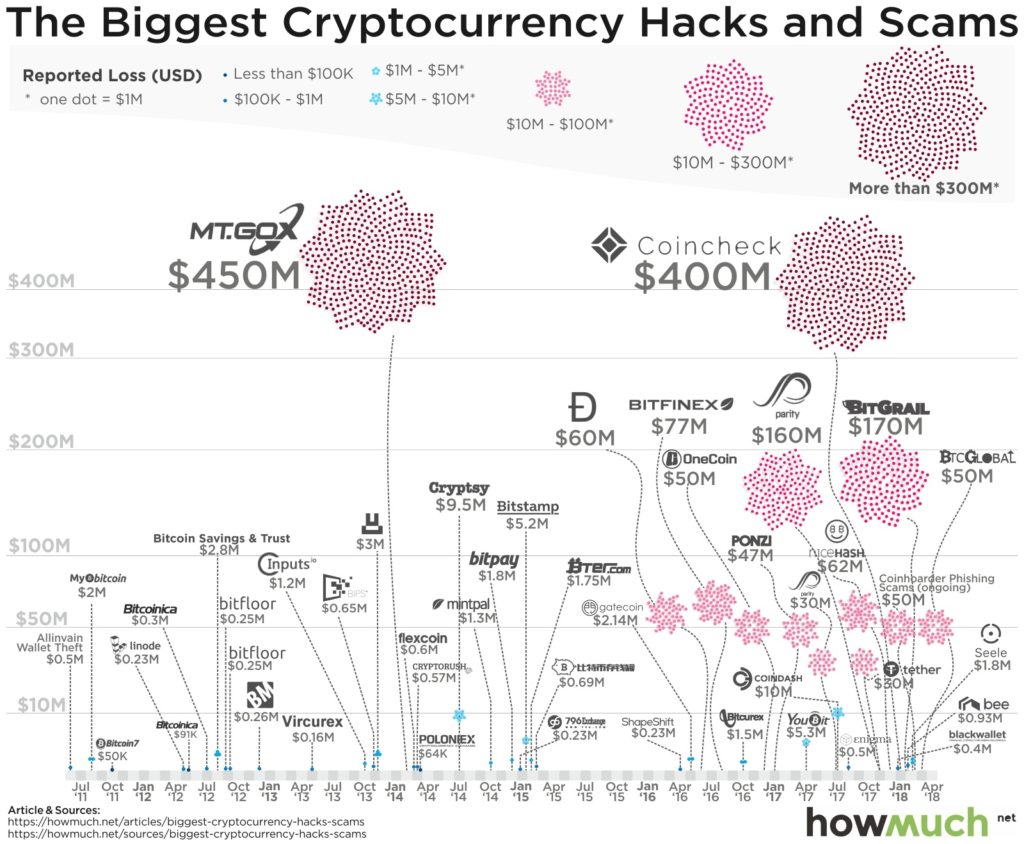Current cybersecurity attack vectors offer criminals and other bad actors a variety of vulnerable targets they can compromise.
It’s undeniable that Internet users are under attack, both personal information and business data proving lucrative to thieves and foreign governments. However, deploying a phishing attack to lure users is incredibly easy – and the scams are evolving, with some fraudulent scams becoming even more difficult to effectively detect.
“That’s right, when analyzing results from phishing simulations the data sowed that in the normal (median) organization, 78% of people don’t click a single phish all year. That’s pretty good news. Unfortunately, on average, 4% of people in any given phishing campaign will click it, and the vampire only needs one person to let them in.”
2018 Verizon’s Data Breach Investigations Report
Unfortunately, the launch of successful phishing attacks provides an easy opportunity for cybercriminals to compromise victims. And the phishing attacks appear to be coming from multiple directions: attacks targeting software as a service (SaaS) credentials, messaging app-based threats, and cleverly created spoof websites to steal login credentials.
Cybersecurity must be a serious objective among companies and government agencies – especially when dealing with classified and sensitive data. To prevent successful phishing attacks, Forrester Research highlighted the following tips:
- Email content security. Filter out obvious spam and phishing attempts.
- Antimalware detection. Block malware before it infects users.
- Browser isolation technology. Stop users from divulging credentials or downloading malware.
- Email authentication. Stop impersonation attacks such as spoofing and business email compromise (BEC).
- Security awareness training and testing. Arm your users with knowledge and techniques to deflect phishing attempts.
- Multifactor authentication. Guard against credential theft.



